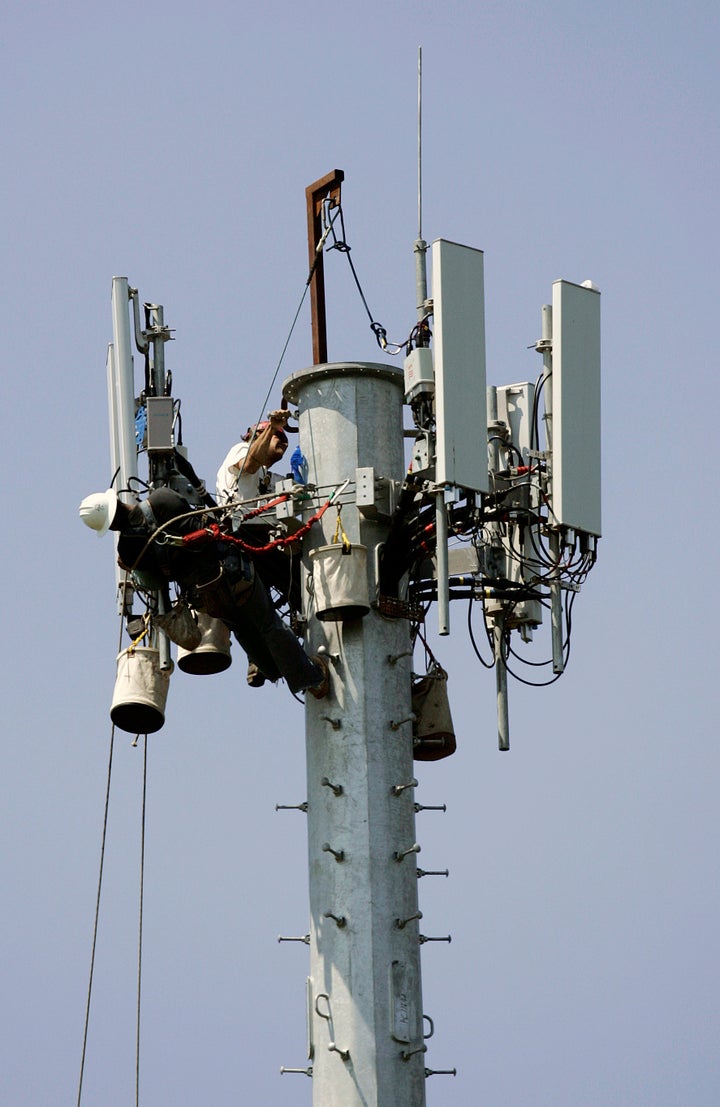
These days, it seems the only place you can escape electromagnetic waves is Green Bank, West Virginia.
That's where "Wi-Fi refugees" are flocking, according to the BBC. Apparently, the town is inside the 13,000 square miles of the US Radio Quiet Zone. The Quiet Zone was designated for a geographically mountainous area, where the topography helps to prevent radio transmissions from interfering with the large number of radio telescopes located there.
As a result, it's become a haven for those who want to live without wireless technology.
Back in 2004, Wired's John Geirland went inside the Quiet Zone, detailing how the site was selected and the great measures that some go through to maintain the low levels of electromagnetic waves. Wi-Fi in the area is banned, and radio stations are instructed to point their antennas away from the observatories and maintain low levels of transmission.
The BBC details how these conditions have made the area an attractive spot for the 5 percent of Americans who believe they suffer from Electromagnetic Hypersensitivity (EHS). The highly debated condition seems to manifest itself physically in the presence of extremely low levels of radiation and those who claim to suffer from it experience similar symptoms.
"If I walk into a room or building that has Wi-Fi, my most immediate sign is that the front of my right thigh goes numb," Arthur Firstenberg, 57, of Santa Fe, N.M, told ABC. "If I don't leave, I'll get short of breath, chest pains and the numbness will spread."
Diane Schou, a resident of The Quiet Zone, described a similar feeling. Schou finds it so debilitating that she has been forced to avoid others who carry wireless devices. "It's a horrible thing to have to be a prisoner," she told the BBC. "You become a technological leper because you can't be around people."
As a result, Schou now lives in a space known as a Faraday Cage, which is intended to block out radiation.
However, whether the condition is real or imagined is a topic of much debate. Studies have shown there is little proof that this condition is real. A study published in the journal Psychosomatic Medicine showed that in most cases, those who claim to suffer from EHS can't actually distinguish whether or not they're really being exposed to electromagnetic radiation.
CORRECTION: An earlier version of this story stated that the town of Greenbank was 13,000 square miles, when it is the Radio Quiet Zone as a whole that is that size, and Greenbank is located within it.